Ventilation in the Dental Sector
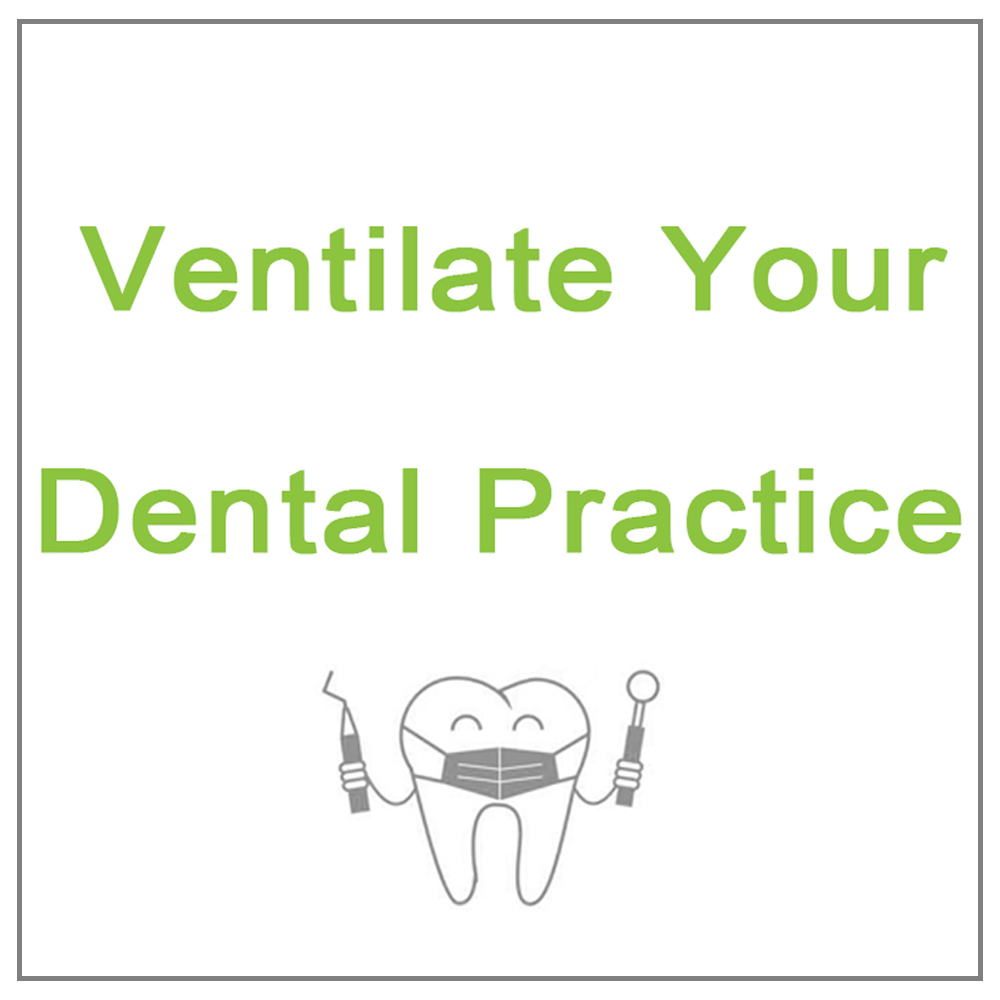
Be Aware and Be Safe
During the Covid-19 pandemic, and quite possibly for the foreseeable future, it has never been more important to make dental practices safe for practitioners and their patients.
The World Health Organisation (WHO) has advised medical personnel to consider taking 'airborne precautions'. It is important to protect dentists and patients and reduce the amount of spatter produced during dental procedures. In order to prevent airborne transmission, dental offices should be sufficiently ventilated with great emphasis placed upon removing bio aerosols.Sufficient ventilation can be achieved by increasing the air changes per hour (ACH). ACH is defined as how many times the air is changed per hour in each space and is necessary to make the space free from any viral or bacterial pathogen.
The more air changes per hour, the shorter the fallow time
Fallow time is the time between each patient’s appointment. Dental surgeries must leave allocated time in between each appointment due to airborne particles.Having this fallow time means that some surgeries may only be running 30% to 50% capacity, for example some practice could have had up to 6 appointments an hour, yet now only having 9 a day!
The key part of it is to be extracting and getting rid of the air in the room and replacing it with clean, fresh, and new air that has not been recirculated.Of course, with dentist practices, like any other workplace or services/shop it is important to continue to social distance, wear masks, wash and sanitize your hands regularly, and comply with all government and company regulations.
The COVID-19 Infection Prevention and Control Guidance advise:
- Where there is ventilation, but the number of ACH are unknown or there are air changes of 1 to 5 ACH, a baseline post Aerosol Generating Procedures (AGP) downtime of 30 minutes is recommended with mitigation such as high-volume suction/ rubber dam
- Where there are 6 to 9 ACH, a baseline post AGP downtime of 20 minutes is recommended
- Where there are 10 or more ACH, a baseline post AGP downtime of 15 minutes is recommended
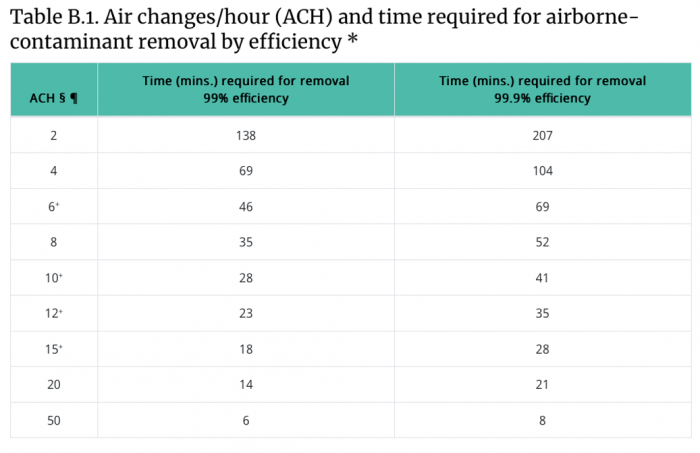
Types of ventilation systems that can provide 10 air changes per hour
First off all it is important to know that it is necessary for both air supply and air extract and simply opening a window will not achieve the target of 10 ACH.
Option 1
Open window and extract fan.
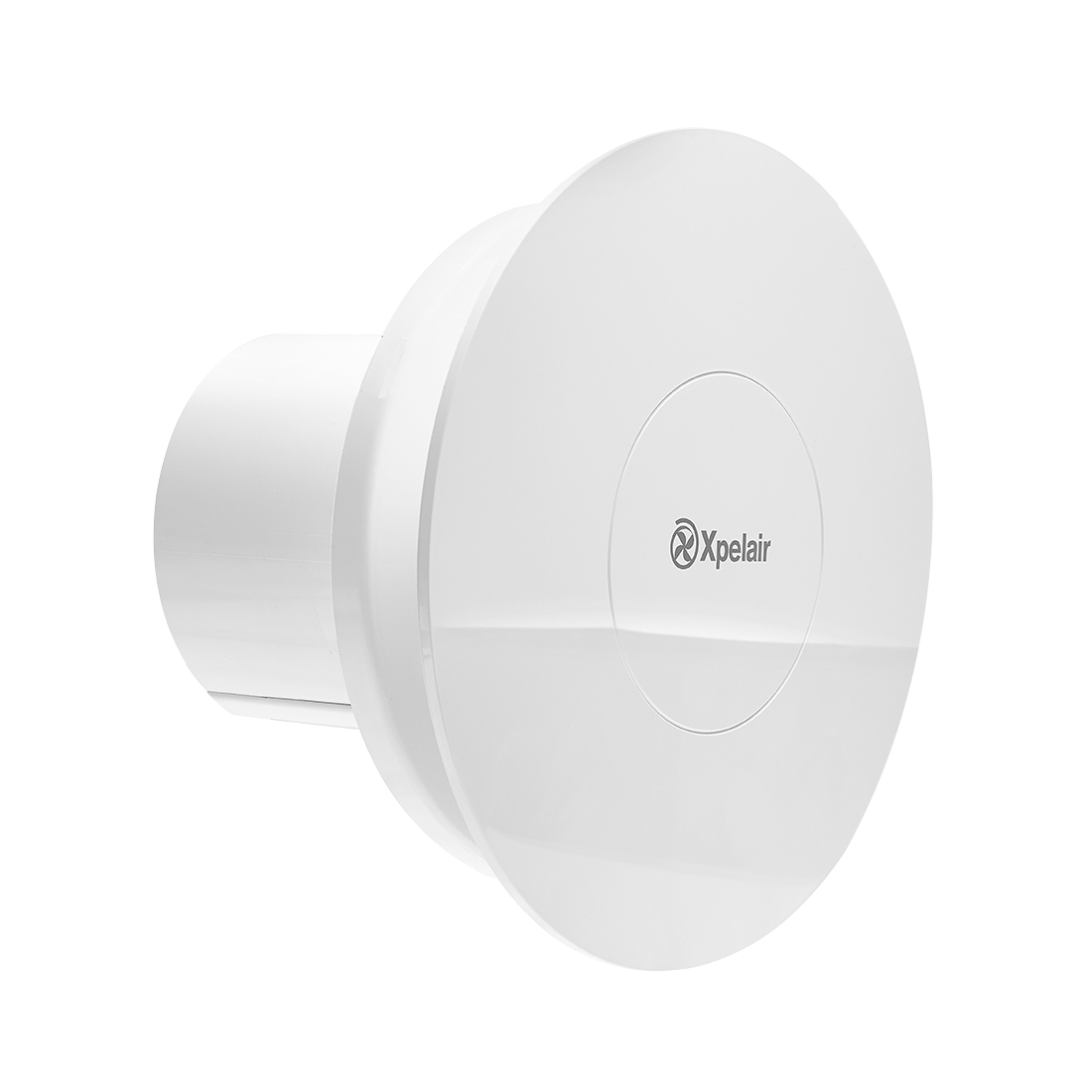
Option 2
Use two wall fans.
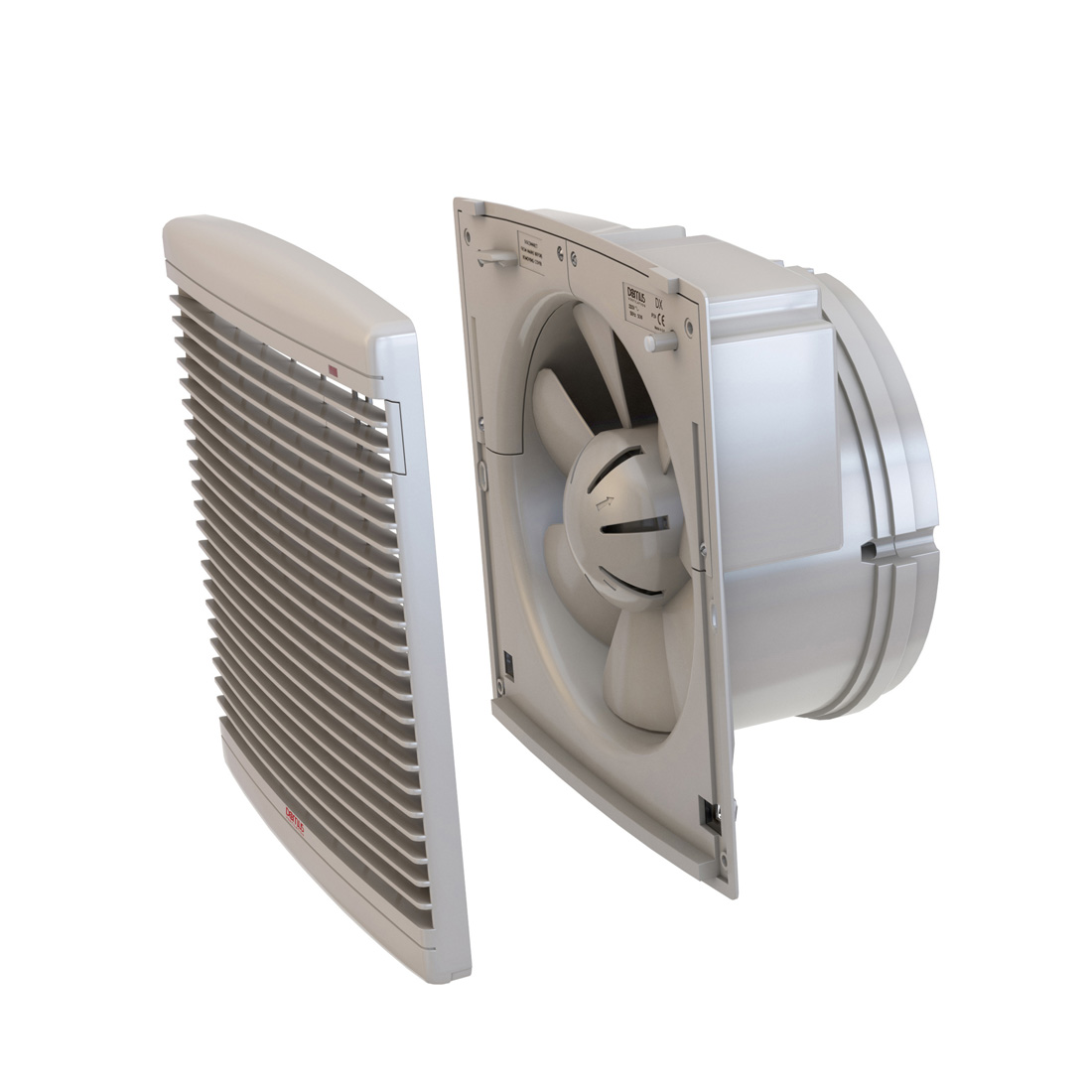
You could use an extract wall fan and an air supply wall fan and is also a cost-efficient solution but please remember that wall fans have no filters and will also remove any heat.
Option 3
Use two inline fans.
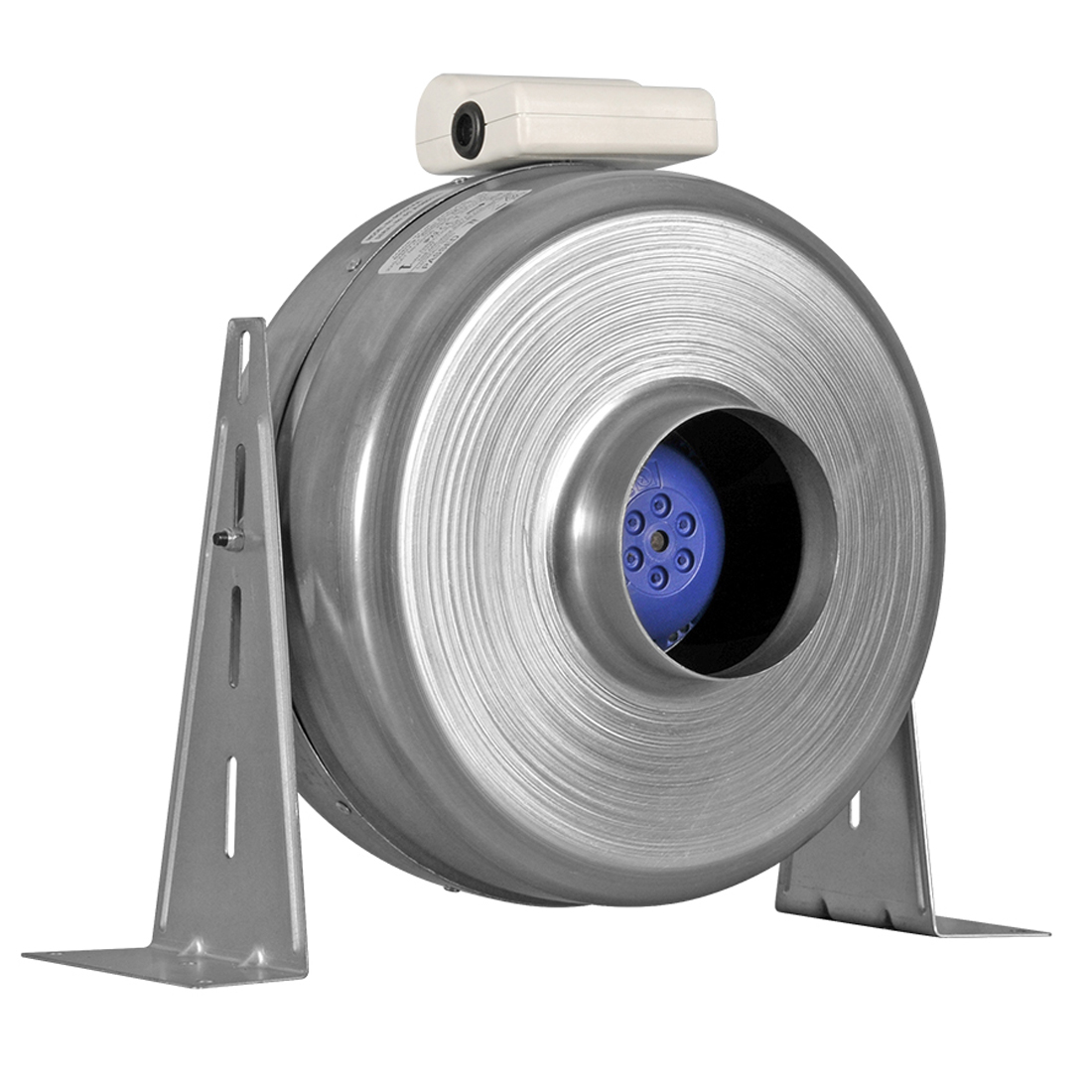
Option 4
Use a single room MVHR unit.
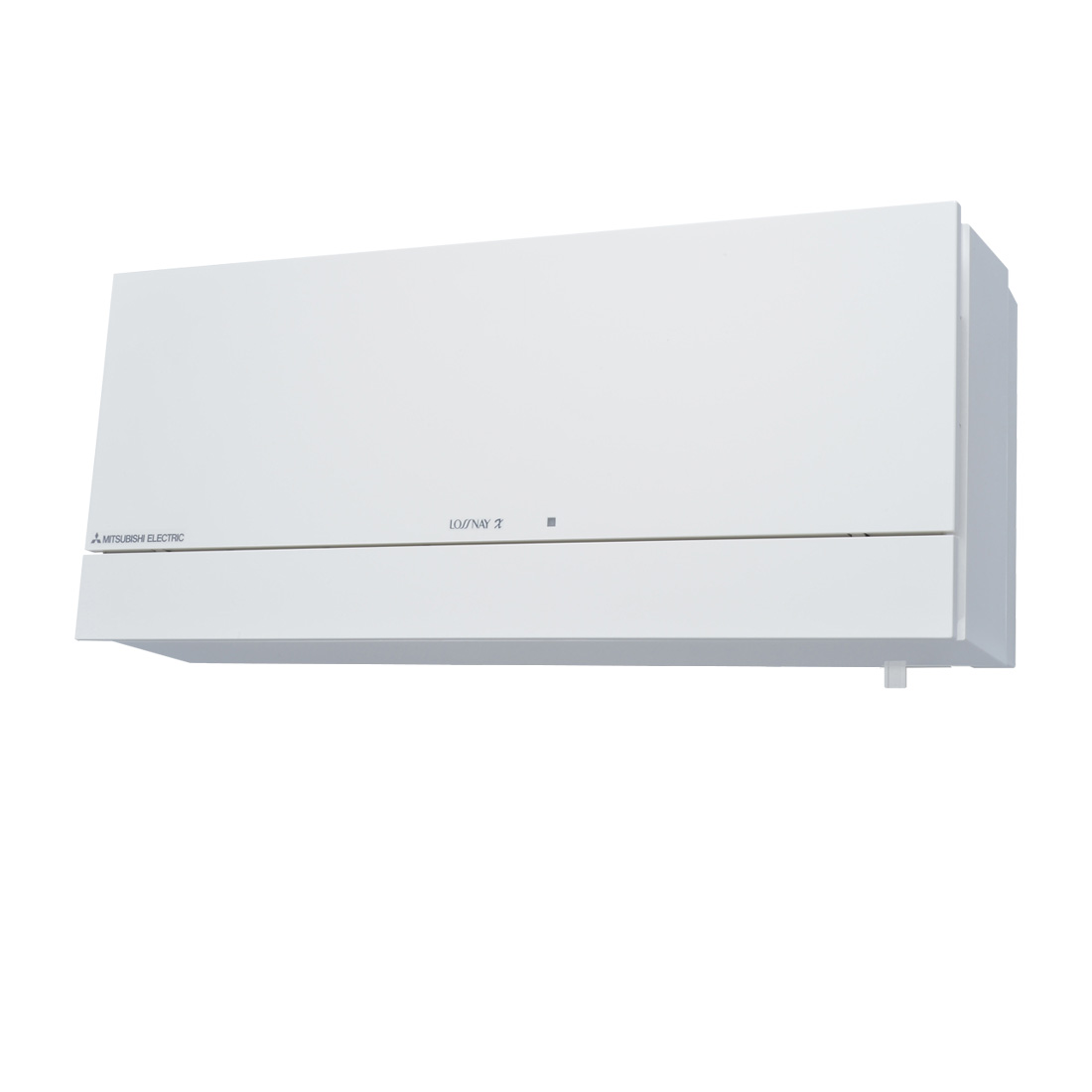
Option 5
Install a centralised MVHR system.
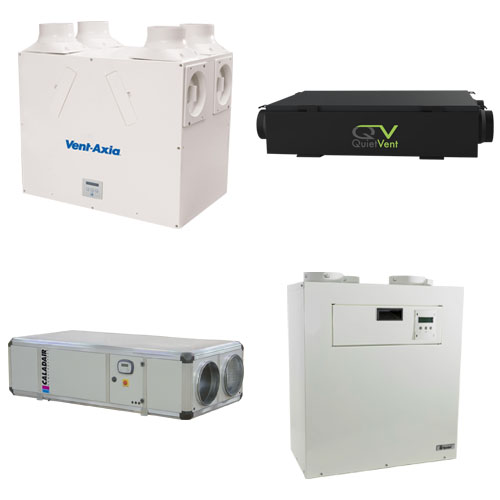
Please note that the above are only a guideline and are subject to change depending on the room size and procedure.
Do you have a dentist or home or business premises that requires need ventilation? Call us today on 028 2827 5150 or send us your plans via our website and one of team will be in touch with a solution for you.

